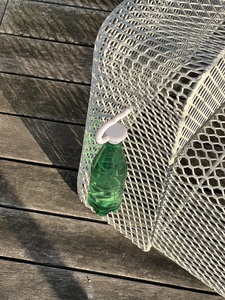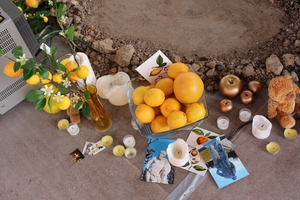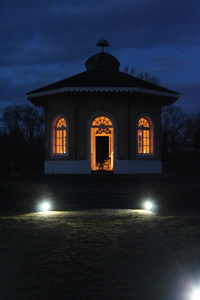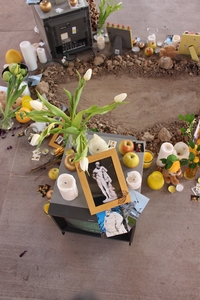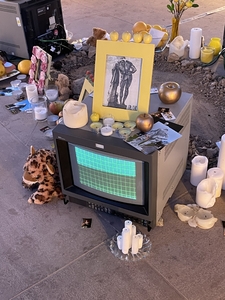Madek Core
Alle Inhalte mit Metadaten des Vokabulars "Madek Core". Sie sehen nur Inhalte, für die Sie berechtigt sind.
3497 Inhalte
- Seite 1 von 292
PCO 1810
- Titel
- PCO 1810
- Titel
- PCO 1810
- Titel (en)
- PCO 1810
- Urheberrechtshinweis
- © Arthur Hanstein
- Freigabe Nutzung HfG
- Medienersteller/in
- Importiert am
- 17.07.2025
- Übergeordnete Sets
- 1
Detail Gedenkstätte _ 1
- Titel
- Detail Gedenkstätte _ 1
- Titel
- Detail Gedenkstätte _ 1
- Urheberrechtshinweis
- ©Marie Herrndorff
- Freigabe Nutzung HfG
- Importiert am
- 17.07.2025
- Übergeordnete Sets
- 1
Außenansicht Teehaus Nacht _ 2
- Titel
- Außenansicht Teehaus Nacht _ 2
- Titel
- Außenansicht Teehaus Nacht _ 2
- Urheberrechtshinweis
- ©Marie Herrndorff
- Freigabe Nutzung HfG
- Importiert am
- 17.07.2025
- Übergeordnete Sets
- 1
Detail Gedenkstätte _ 2
- Titel
- Detail Gedenkstätte _ 2
- Titel
- Detail Gedenkstätte _ 2
- Urheberrechtshinweis
- ©Marie Herrndorff
- Freigabe Nutzung HfG
- Importiert am
- 17.07.2025
- Übergeordnete Sets
- 1
Detail Teehaus Nacht
- Titel
- Detail Teehaus Nacht
- Titel
- Detail Teehaus Nacht
- Urheberrechtshinweis
- ©Marie Herrndorff
- Freigabe Nutzung HfG
- Importiert am
- 17.07.2025
- Übergeordnete Sets
- 1
Poster "Herkules & Karl"
- Titel
- Poster "Herkules & Karl"
- Titel
- Poster "Herkules & Karl"
- Urheberrechtshinweis
- ©Leo Müller
- Freigabe Nutzung HfG
- Importiert am
- 17.07.2025
- Übergeordnete Sets
- 1
Infotafel
- Titel
- Infotafel
- Titel
- Infotafel
- Urheberrechtshinweis
- ©Marie Herrndorff
- Freigabe Nutzung HfG
- Importiert am
- 17.07.2025
- Übergeordnete Sets
- 1
Detail Gedenkstätte _ 3
- Titel
- Detail Gedenkstätte _ 3
- Titel
- Detail Gedenkstätte _ 3
- Urheberrechtshinweis
- ©Marie Herrndorff
- Freigabe Nutzung HfG
- Importiert am
- 17.07.2025
- Übergeordnete Sets
- 1
Außenansicht Teehaus Nacht _ 2
- Titel
- Außenansicht Teehaus Nacht _ 2
- Titel
- Außenansicht Teehaus Nacht _ 2
- Urheberrechtshinweis
- ©Marie Herrndorff
- Freigabe Nutzung HfG
- Importiert am
- 17.07.2025
- Übergeordnete Sets
- 1
Innenansicht Teehaus
- Titel
- Innenansicht Teehaus
- Titel
- Innenansicht Teehaus
- Urheberrechtshinweis
- ©Marie Herrndorff
- Freigabe Nutzung HfG
- Importiert am
- 17.07.2025
- Übergeordnete Sets
- 1
Außenansicht Teehaus Tag
- Titel
- Außenansicht Teehaus Tag
- Titel
- Außenansicht Teehaus Tag
- Urheberrechtshinweis
- ©Marie Herrndorff
- Freigabe Nutzung HfG
- Importiert am
- 17.07.2025
- Übergeordnete Sets
- 1
Detail Teehaus Tag _ 1
- Titel
- Detail Teehaus Tag _ 1
- Titel
- Detail Teehaus Tag _ 1
- Urheberrechtshinweis
- ©Marie Herrndorff
- Freigabe Nutzung HfG
- Importiert am
- 17.07.2025
- Übergeordnete Sets
- 1
